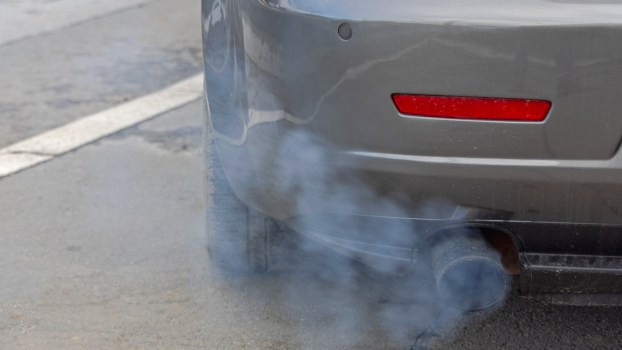
Does Stalling a Car With a Manual Transmission Cause Damage?
There are many joys to driving a manual car, or as some people call it, a stick shift. For many, driving a car that uses a manual transmission instead of an automatic makes them feel more actively engaged with the experience of transportation. However, it’s also not as easy as just shifting the gear to drive, and many people fear what damage stalling a car might cause.
What is stalling a car?
Stalling a car means that the engine suddenly stops working as it’s in motion. Stalling can happen in a vehicle with an automatic transmission, but it’s not usually caused by something the driver has done. However, stalling a manual car occurs when the person driving releases the clutch too soon when shifting gears. Because of this, the RPMs drop too low for the engine to continue working.

As mentioned, many drivers fear what might happen if they stall their stick shift car. Luckily, according to Smart Drive Test, stalling a manual car is not usually bad. It takes an excessive amount of times for damage to occur. Specifically, it would take several (8-10) stalls within a day over an extended time frame to cause damage. So, people teaching others to drive a stick shift car can breathe a little easier.
Luckily, stalling a car isn’t a significant concern for most people who have mastered the art of driving a manual. Sure, it could happen if you’re on a hill. However, it’s not a common occurrence for those who have the hang of it.
There are things that damage a manual car
Stalling a car doesn’t typically cause damage to the vehicle. However, there are other ways to cause harm to the transmission in a stick shift car. One significant way is riding the clutch. In other words, you should not drive with your foot on the clutch. This can cause significant wear and tear for a manual car.
Unlike stalling a car, slipping the clutch in a stick shift is a surefire way to damage your beloved ride. This is when drivers slowly ease their foot off the clutch to engage it, but it doesn’t fully engage. Similarly, popping the clutch, which means quickly releasing your foot while revving, can cause damage.
It’s also necessary to monitor the transmission fluid levels and temperatures. Luckily, many newer cars have interior gauges to inform drivers of fluid levels and temperatures. Of course, your stick shift car also needs clutch fluid. In general, keeping up general maintenance should keep your manual vehicle running smoothly, so stalling a car with a manual isn’t the end of the world.






